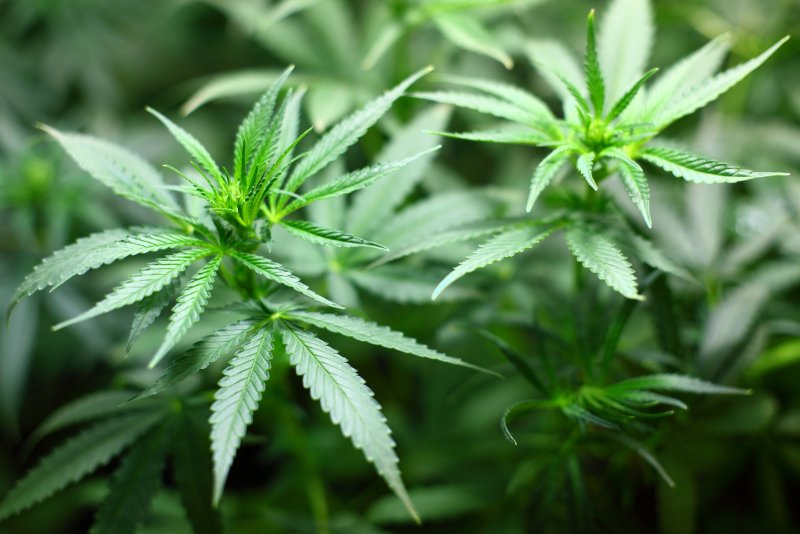GREEN CAPITALI$M IN CRISIS
Demand for legal pot driving growth of industry's swelling carbon footprint

Relaxed marijuana laws and increased demand have fueled the rapid expansion of commercial growing operations -- as well as the industry’s carbon footprint. Photo by 7raysmarketing/pixabay
March 8 (UPI) -- Demand for commercial marijuana continues to grow as more and more states legalize pot. To meet the seemingly insatiable demand, commercial growers are expanding their indoor production.
According to a new study, published Monday in the journal Nature Sustainability, indoor growing operations are responsible for the industry's swelling carbon footprint.
Previous studies have highlighted the ill effects of the commercial marijuana industry on local water resources and wildlife habitats, but the latest survey is one of the first to provide a broad view of the sector's climate impacts.
"We knew the emissions were going to be large, but because they hadn't been fully quantified previously, we identified this as a big research opportunity space," lead study author Hailey Summers, graduate student at Colorado State University, said in a news release. "We just wanted to run with it."
RELATED Study: As more legal pot stores open, more young adults start using
For the study, scientists modeled how the growth of marijuana demand in different parts of the country is influencing the greenhouse footprints of local growers. The analysis accounted for differences in climate patterns and electric grids.
Using the new model, researchers found an increase in large commercial warehouses for growing cannabis across the United States.
Their analysis showed growers are emitting between 2,283 and 5,184 kilograms of carbon dioxide per kilogram of dried marijuana flower. By comparison, outdoor growing operations are responsible for between 22.7 and 326.6 kilograms of carbon dioxide per kilogram of dried flower.
RELATED Pot use rises over the course of the year, study says
Within large warehouses used for marijuana cultivation, heating, ventilation and air conditioning systems require the largest amounts of electricity.
In Florida, growers must use lots of energy for dehumidifying their warehouses.
In Colorado, growers use a lot more power for heat. In Denver, for example, the commercial marijuana's electricity use increased from 1 percent of the city's total electricity consumption in 2013 to 4 percent in 2018.
RELATED Marijuana is stronger now than in decades past, study finds
Researchers plan to continue collecting data on the energy usage and carbon footprint of marijuana growers, with hopes of shrinking the industry's carbon footprint.
"We would like to try and improve environmental impacts before they have become built into the way of doing business," said co-author Evan Sproul, research scientist at CSU.
Researchers plan to continue collecting data on the energy usage and carbon footprint of marijuana growers, with hopes of shrinking the industry's carbon footprint.
"We would like to try and improve environmental impacts before they have become built into the way of doing business," said co-author Evan Sproul, research scientist at CSU.
No comments:
Post a Comment